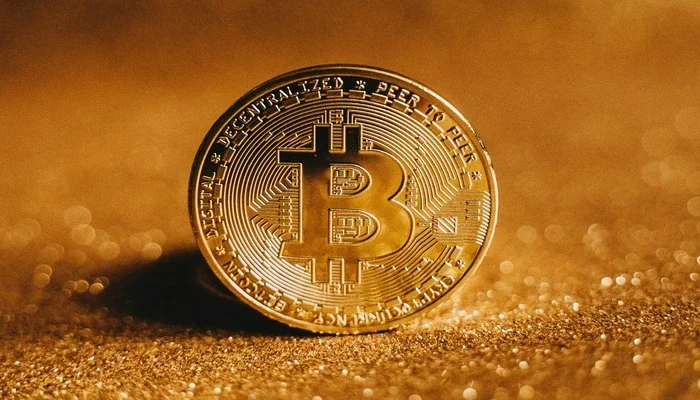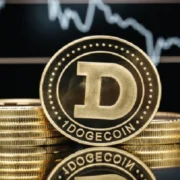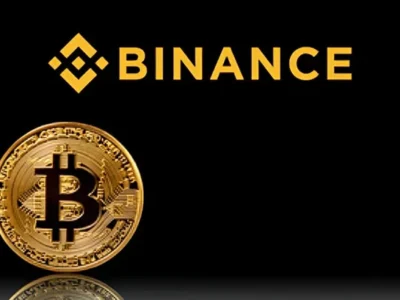Ethereum is the second most valued cryptocurrency by market capitalization and often finds itself in the spotlight of all digital currencies. Even though Bitcoin gets most of the attention, Ethereum’s blockchain has changed the way dApps, smart contracts, and DeFi work.
For investors and traders, it is rather vital to understand how eth to usd trends come into being in this ever-changing market. The purpose of this piece is to go into detail about what has been going on with Ethereum lately, what affects its price, and how ETH will affect the future of the cryptocurrency market.
Ethereum’s Growth and Adoption
Ethereum is one of the biggest names in cryptocurrencies. It was founded in 2015 and has grown at an exponential rate since then. Smart contracts, which are written in the code of the Ethereum blockchain and can be carried out, are what make it unique. For decentralized apps to work in new areas, like banking, gaming, health, and many more, this has opened a whole new door.
Bitcoin is worth more than $300 billion, making Ethereum worth about $300 billion as well. As time went on, the value of ETH in US dollars changed. In November 2021, it hit an all-time high above $4,800. A downturn happened in the market in the end, but Ethereum is still widely used because it can be used for so many things.
Key Factors Influencing ETH to USD Value
A lot of things, from new technologies to big changes in the economy, can affect the value of Ethereum. Some of the main things that affect the price of Ethereum on the market are:
- Network Upgrades: The network changes that are always happening on Ethereum are some of the most important things that affect its price. The switch from Proof of Work to Proof of Stake, which is also known as Ethereum 2.0 or the Merge, was one of the most important steps forward.
- Decentralized Finance (DeFi) Expansion: Many parts of the DeFi business depend on Ethereum. This industry has grown very quickly over the last two years. People can lend, borrow, and swap cryptocurrencies without going through a third party with DeFi. The price of ETH went up because more platforms, like Uniswap, Aave, and Compound, started to run on Ethereum. This increased demand for ETH even more.
- Supply and Demand Dynamics: Ethereum’s price is very affected by changes in supply and demand, just like the prices of other digital currencies. As an example, the Ethereum Improvement Proposal (EIP)-1559, which came out in August 2021, added a way to burn transaction fees, which decreased the amount of ETH that was in circulation. This mechanism of deflation has been good for the ETH to USD exchange rate because it has cut down on the overall amount of ETH that is out there.
- Institutional Adoption: In recent times, institutional investors have started to take a liking to Ethereum as some sort of long-term investment. Visa and JP Morgan are two big banks that want to use Ethereum’s blockchain to help them build their own decentralized banking systems.
Market Volatility: Navigating ETH to USD Fluctuations
Ethereum is very unstable, just like most altcoins. People who want to sell ETH for USD should know that prices will change more often, which is a good sign. In the first three months of 2023, for example, the price of Ethereum ranged from $1,300 to $2,100. This is a huge change in just a few months.
Some of the common reasons from which this volatility arises include:
- Market Sentiment: Ethereum prices change quickly in response to news stories, government decisions, and general market sentiment. Major good events, like a lot of people using DeFi or network changes that work, can cause prices to go up a lot, while bad news can cause sharp drops.
- Macroeconomic Trends: The price difference between ETH and USD is affected by things like interest rates, inflation rates, and global events. As a safety net against traditional markets, buyers may turn to cryptocurrencies like Ethereum when the economy is uncertain.
Ethereum vs. Bitcoin: What Sets ETH Apart?
Ethereum and Bitcoin are similar in some ways, but they are still used in slightly different ways in the cryptocurrency world. Bitcoin was created more as a type of decentralized currency. On the other hand, Ethereum’s main goal is to support and keep decentralized applications and smart contracts, which has given it a lot more uses.
One common use of Ethereum is to make non-fungible coins, which are used a lot in the fast-growing market for digital art, collectibles, and real estate. The market reached its peak in 2021, when it was worth more than $40 billion. This is the kind of constant improvement that makes Ethereum better than Bitcoin, especially when it comes to usefulness.
Investing in Ethereum: What You Should Know
People who have engaged in Ethereum should know about both the risks and the possible benefits. Ethereum has had big wins in the past, but it is also very volatile, which means that investors could lose a lot of money in a very short amount of time.
Long-Term Outlook: A lot of experts are excited about Ethereum’s future. A lot of people also think that the fact that Ethereum can carry out smart contracts and that DeFi and NFTs are becoming more popular will make more people want to buy ETH. It is even possible that by 2025, the price in ETH will be more than $6,000.
Risk Management: Good risk control is important for all types of investments. This means spreading out your investments and not putting too much money into one thing.
Conclusion
It can be changed because Ethereum is becoming more and more important in the bitcoin market. It’s also qualitatively different from other digital goods because it’s always getting better. The exchange rate between ETH and USD could change even more.
Similarly, the chances for long-term growth look very good. In order to get the most out of Ethereum, investors, buyers, and fans in general need to know what’s going on in the market and with technology at all times. Since the world is moving toward decentralization, Ethereum will have a big impact on how banking and digital innovation function in the future.
Connections: Building Real Bonds in a Digital World










Comments